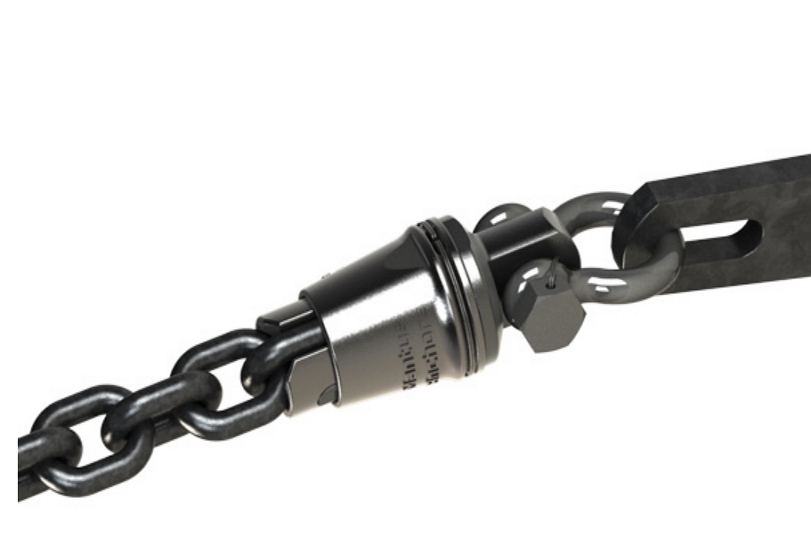A swivel is a type of joint that allows two sections to rotate about an axis. Swivels are often used in the rigging of sailing vessels, and they are most commonly found on spars or poles.
The purpose of a swivel is to allow people to tie one end down securely while rotating the other end with minimal effort. In this how-to article, we will discuss how to anchor a swivel for use in your own projects.

Steps on Anchoring a Swivel
Step 1. First, locate the end of your rope that you will be securing with a knot. This should be at least twice as long as how far back from the anchor point on which it is to hang.
Step 2. Next, take the other end and tie a simple overhand knot to create an eyelet for attaching your swivel.
The length of the tail is how far back from the anchor point on which it will be hung, and this should also be twice as long as how far back you want your swivel to hang before tying a knot.
Step 3. Finally, attach your eyelet to the end of the rope that has been secured with a knot to create a loop that hangs in the air.
Step 4. Do not forget to tie an overhand knot following this step, as you want it secure and balanced for your purposes.
Step 5. Ensure that both sides of the rope hang evenly from their respective knots before proceeding with more steps.
What is the proper technique for anchoring?
First of all, one end should be secured to an anchor point on which it will not move very much. This can come in the form of a tree or pole with sufficient height and stability. The other end should then be passed through the eyelet created by your overhand knot before pulling both ends as tight as possible
The tension should be tested to make sure it is tight enough that the swivel will not spin.
– You can then tie a loose overhand knot to secure both ends of the rope and create a loop at its end, which you may pass through an object for hanging purposes (such as a chair).
How much anchor line Should you let out?
Typically, the anchor line should be about equal in length to how long your text will need to go before you start reading.
What are some Common Mistakes made When Anchoring?
You may not have created a secure enough eyelet with your first knot. The two ends of the rope can also come loose from each other if you do not tie them securely
You may have a knot that is too tight and it will cause the swivel to spin.
How long should you let out?
The anchor line (or how much rope has been measured) should be about equal in size to how long your text needs to go before you start reading.
How Thick should anchor rope be?
The rope needs to be at least as thick (or thicker) than how big the swivel is.
What are some of the benefits?
Anchors can help keep your text from spinning around too much, which helps with reading comprehension and retention.
The anchor line will also act as a safety measure in case of a gust.
Anchoring will also help with how much tension is put on the mainline, which can cause your text to be pulled in too close to where it’s hanging up and making it difficult for children or adults alike to read comfortably.
Lastly, your anchor rope will act as a safety measure if any objects could be potentially dangerous, like power lines.
What type of anchor has little holding power?
Knotless anchors are the type of anchor that has little holding power.
This is because they use only friction to hold themselves in place, so any sudden pull or gust will quickly release them from where it’s attached and could potentially be dangerous if children were playing on a playground for example.
Knotless anchors are most often used to hold up awnings on houses.
What is the best anchor for rocky bottoms?
The best anchor for rocky bottoms is a type of knotless anchor called the mushroom/turtle.
This is because it can be pounded into the ground with no need to tie knots, and has plenty of holding power due to how deep it can penetrate when hammered in. It’s also easy to pull up afterward so you don’t have to use a jackhammer.
The mushroom anchor or turtle anchor is best for rocky bottoms because it can be pounded deep into the ground without needing any knots and has plenty of holding power due to how deeply it penetrates when hammered in. It’s also easy to pull up afterward so you don’t have to need a jackhammer.
What size Bruce Anchor do I Need?
The size Bruce anchor you need depends on how much weight it needs to support.
Most people in North America use a #12 for small boats, and a #16 for large boats.
A typical boat will weigh about 20 lbs per foot of length; so if your boat is 12 feet long, then the total weight would.
